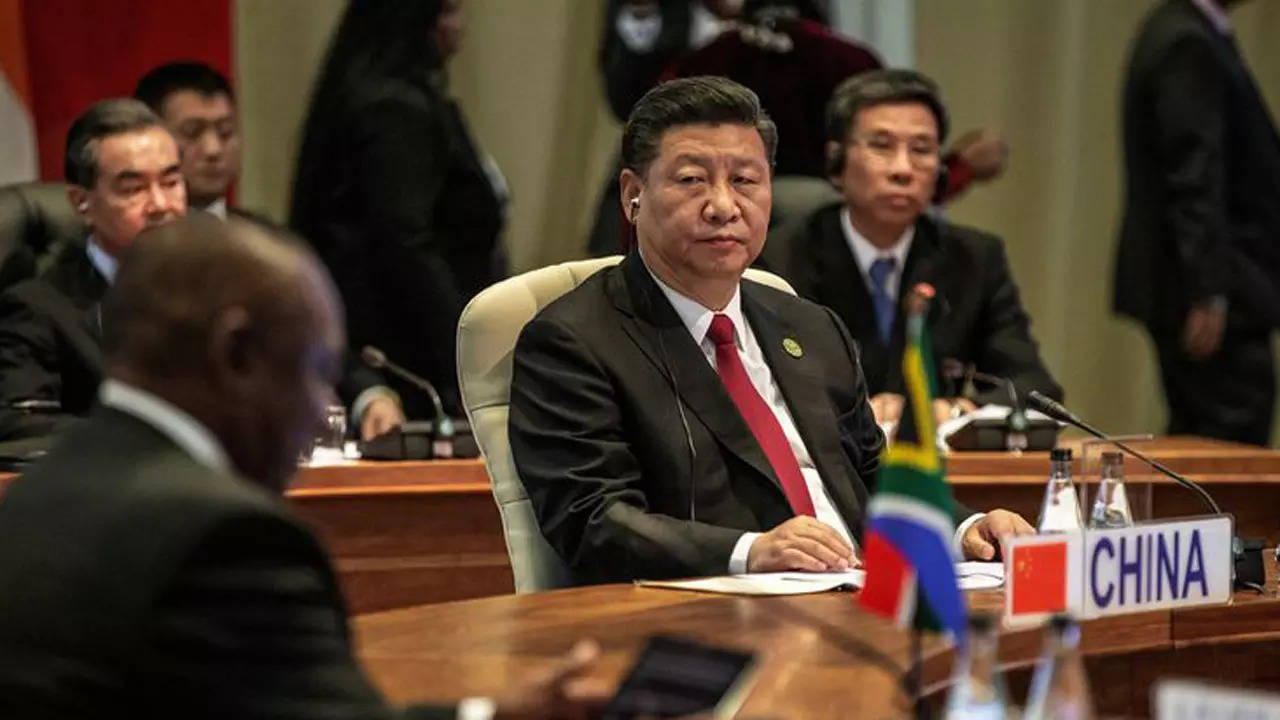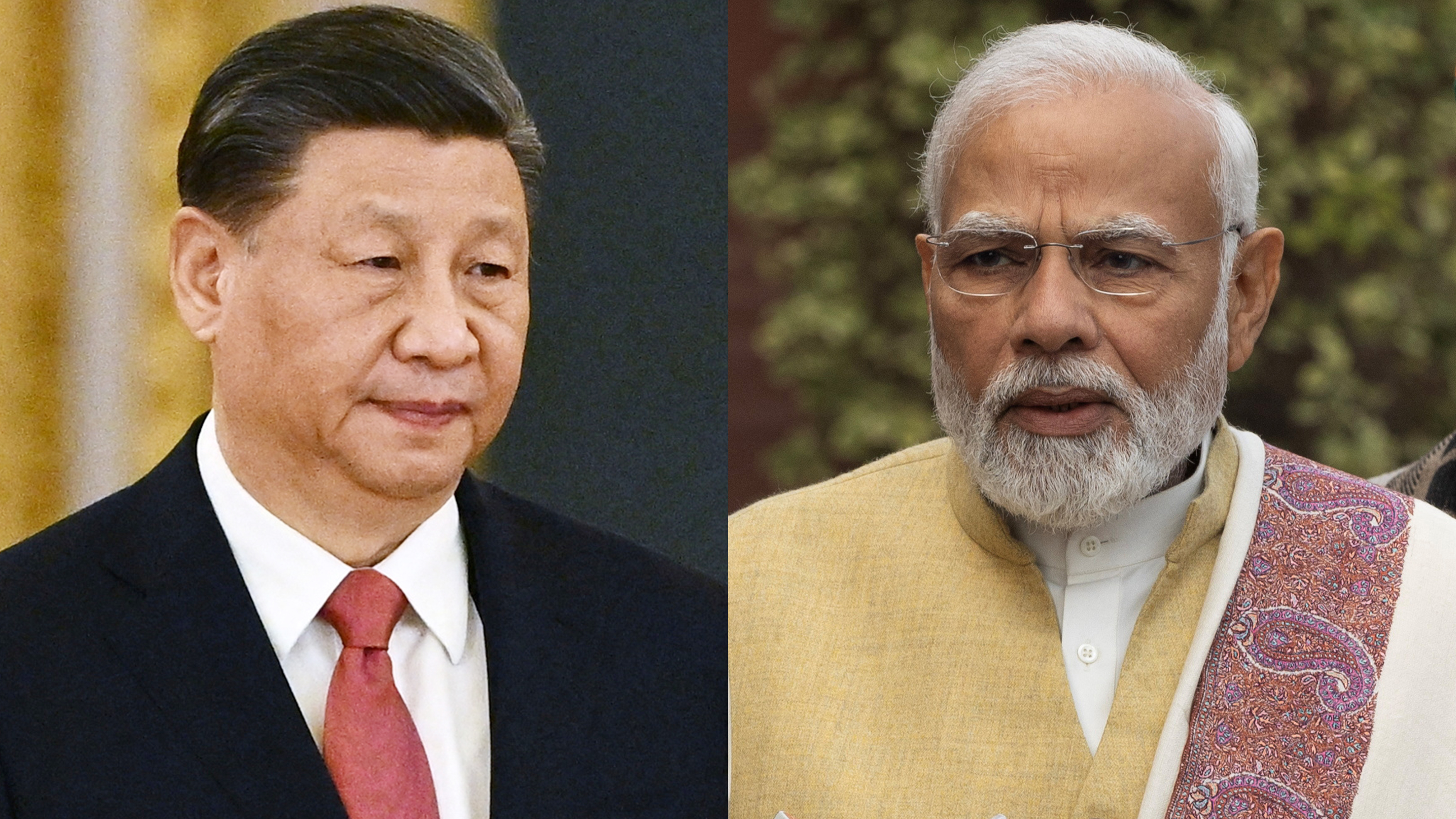China and India are the focus of the chapter “Challenges and Opportunities in Emerging Economies 2023”

China and India are the focus of the chapter “Challenges and Opportunities in Emerging Economies 2023”
As China faces increased geopolitical tensions, trade disputes, and domestic challenges, there is growing speculation that India might be positioned to gain a competitive edge in a variety of sectors.
In recent years, both China and India have been viewed as the twin engines of growth in Asia, offering immense potential in terms of market size, labor force, and economic expansion. However, diverging political climates and international relationships present an opportunity for India to capitalize on areas where China seems to be losing ground.

For decades, China has been the world’s factory, providing a broad array of goods from electronics to furniture. However, rising labor costs and trade tensions with the U.S. and other western countries have forced companies to rethink their China-centric manufacturing strategies. The U.S.-China trade war has seen tariffs slapped on billions of dollars worth of goods, increasing costs and risks for companies operating in China.
As companies look for alternatives, India emerges as an attractive destination. With a young, large, and relatively low-cost labor force, India has the potential to capture a significant portion of the global manufacturing market. Programs like ‘Make in India’ aim to make the country a global manufacturing hub by inviting foreign companies to set up shop. Companies like Apple and Samsung have already begun to shift some of their manufacturing to India, providing a considerable boost to local industry and job creation.
China has been facing increasing scrutiny over its technology practices, from issues related to data privacy to intellectual property theft. Western countries have grown wary of integrating Chinese technology into their critical infrastructure, as evidenced by the restrictions against companies like Huawei.

On the other hand, India’s democratic governance and rule of law make it an attractive alternative for partnerships in technology and innovation. As a rapidly digitizing society with a burgeoning startup culture, India stands to gain from increased foreign investment in its tech sector. Moreover, the country’s large English-speaking population makes it easier for Western companies to navigate business operations.
The Belt and Road Initiative, while expanding China’s global influence, has also led to accusations of debt-trap diplomacy. Moreover, issues like the South China Sea dispute have isolated China diplomatically.
India has taken a more balanced approach, engaging with various powers including the U.S., Russia, and countries in the EU. Its democratic political system, historical commitment to non-alignment, and growing role as a stabilizing force in the Indo-Pacific region make it an attractive partner for Western nations. This diplomatic capital can be translated into economic opportunities, foreign investment, and strategic partnerships that can drive growth.
China’s population is aging rapidly, and it is expected that by 2050, the country will have more than 330 million people over the age of 65. This will put a strain on social security systems and could lead to a labor shortage in the long term.

India, by contrast, has a very young population, with more than 50% under the age of 25. This provides a large and growing workforce that, if skilled properly, could offer a significant advantage in labor-intensive industries.
While China’s economic and industrial prowess is beyond dispute, it faces multiple challenges that have the potential to slow down its growth trajectory. India, with its demographic advantages, lower costs, and democratic institutions, seems poised to capitalize on these challenges.

However, for India to fully seize these opportunities, it will need to address its own set of issues, including bureaucratic inefficiencies, infrastructure bottlenecks, and regulatory hurdles. If it can successfully navigate these challenges, India stands to make significant gains as China grapples with its own set of difficulties.




